Part 4
Internalities and Net Zero DCA
(Dynamic Comparative Advantage)
Part 4. Internalities and Net Zero DCA™
Dynamic Comparative Advantage Software
We start by continuing the summary style of the previous page and a race through Part 4. Then a broader description of dynamic comparative advantage and the importance of learning spillovers (internalities) from Joseph Stiglitz, and after I home in of a few particulars. However, the complete chapter goes on for a hundred pages on the software design, which I’ve not presented, for confidentiality reasons, and because this version of the book is for economists, not systems architects. Please, for now, trust that there is significant thought behind this system, and the business software and the AI are in production as we speak.
Chapter 14) Ripple Effects and Elephants for Paul G. Allen was the chapter in my book ‘The GDP Game (2018)’ that connected the Internalities of a Grand Śpin Network to the Special Projects so that M-System 15. Angel POP could be simplified to just a single line; “Grand Networks in Locations of Extreme Poverty are Special Projects.”
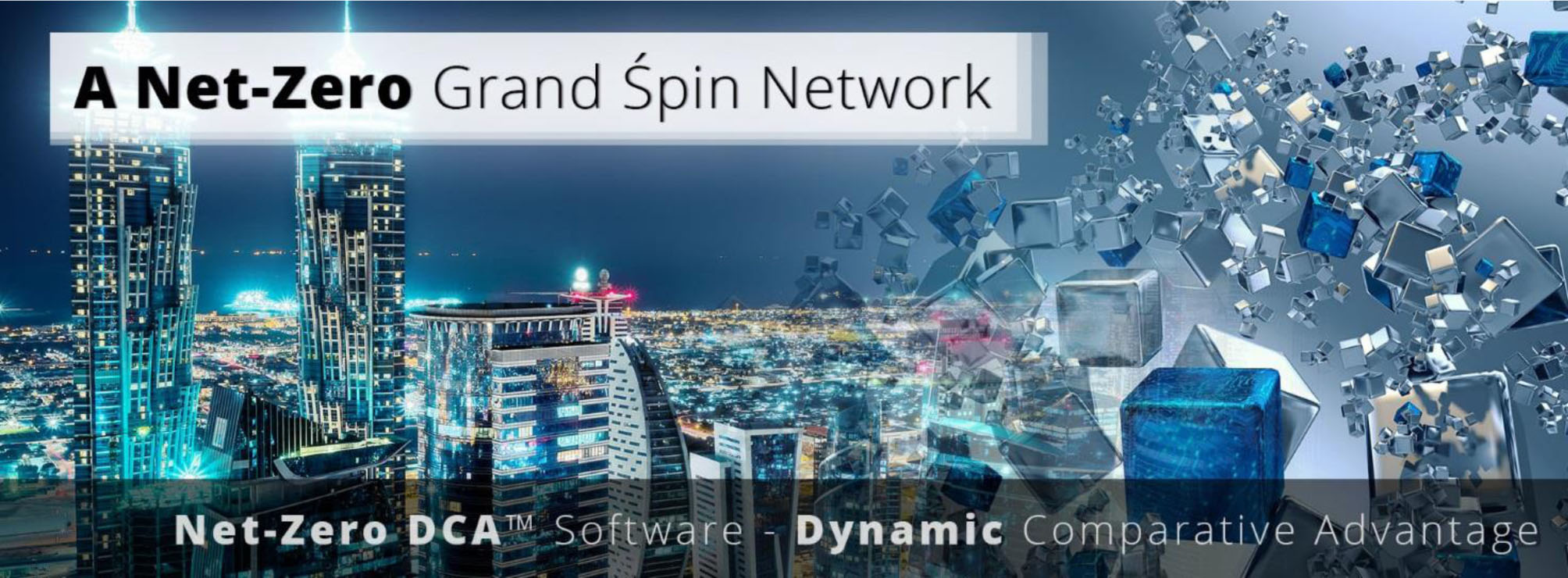
In the following chapter 15) The M&B String, we see the ripple effects equation M⇔Bst and The Susskind Boost: Ŝ = (Ḡ x ₰) Ť + Ŵ + Ƈ + Ḿ + ( Ř + ϒ) + Ð + Ð2>9.
Chapter 16) Net-Zero DCA Part 1 follows, and after, Chapter 17) The Theory of Every Business discusses Labour and Learning Symmetries, before Chapter 18) POP Cubes – Financial Gravity discusses the theoretical minimum (the minimum of jobs and educational places in a country and in the world), The POP Interphase, The POP Hologram, Financial Gravity, QuESC – The Quantum Economic System Core, Commander’s Intent, The SUSY Hierarchical Spin Equalizer, The Network on A String (November 2012), The E-TOE, The Point of Profit, The POP Train, Angel POP equality, Give Half Back and The Peet Tent.
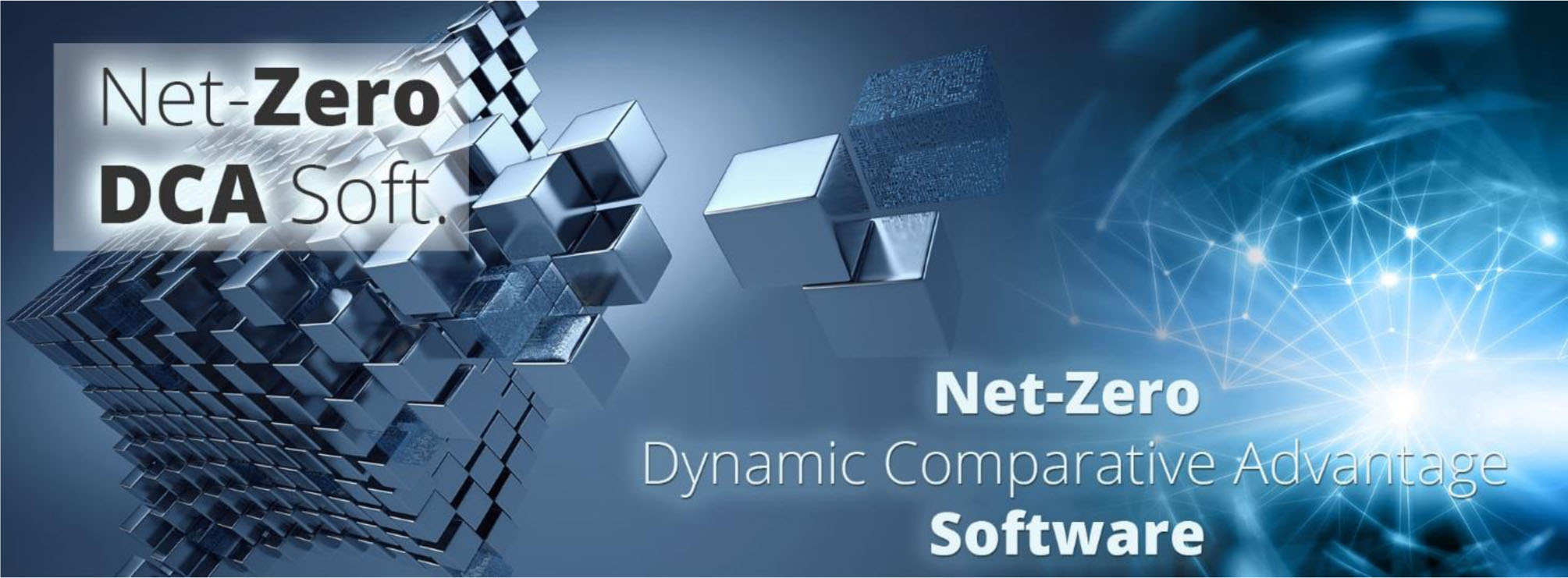
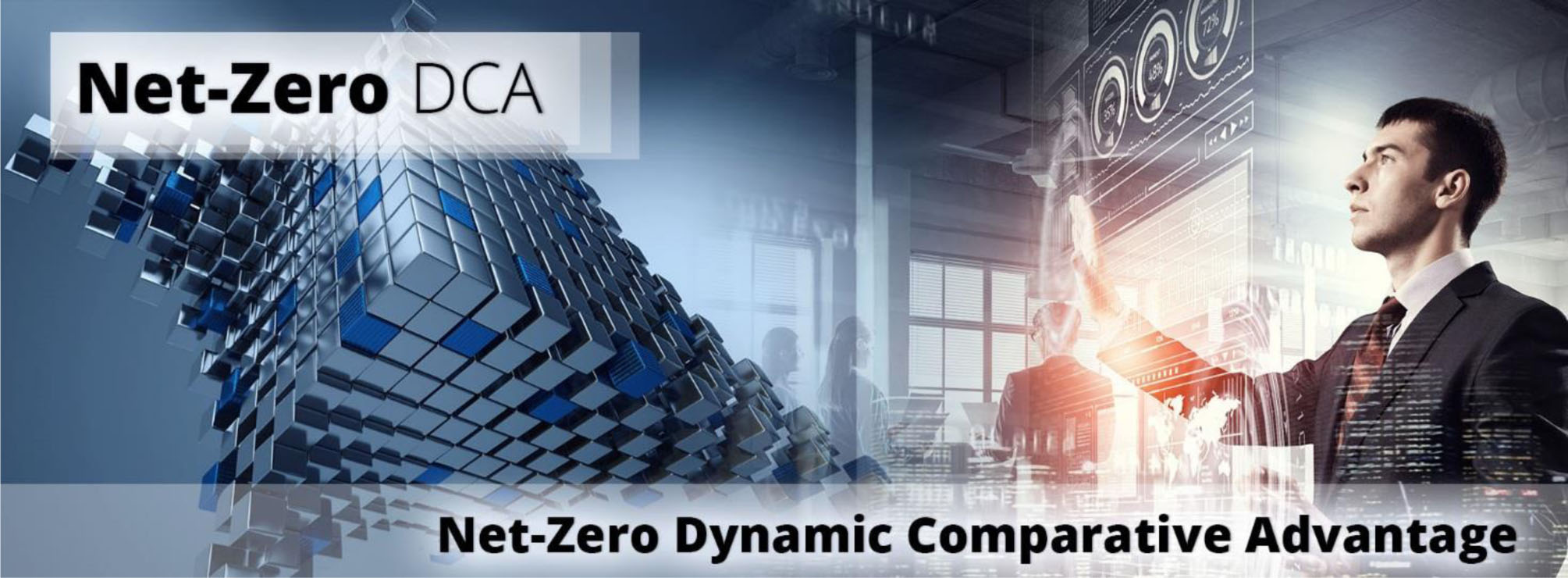

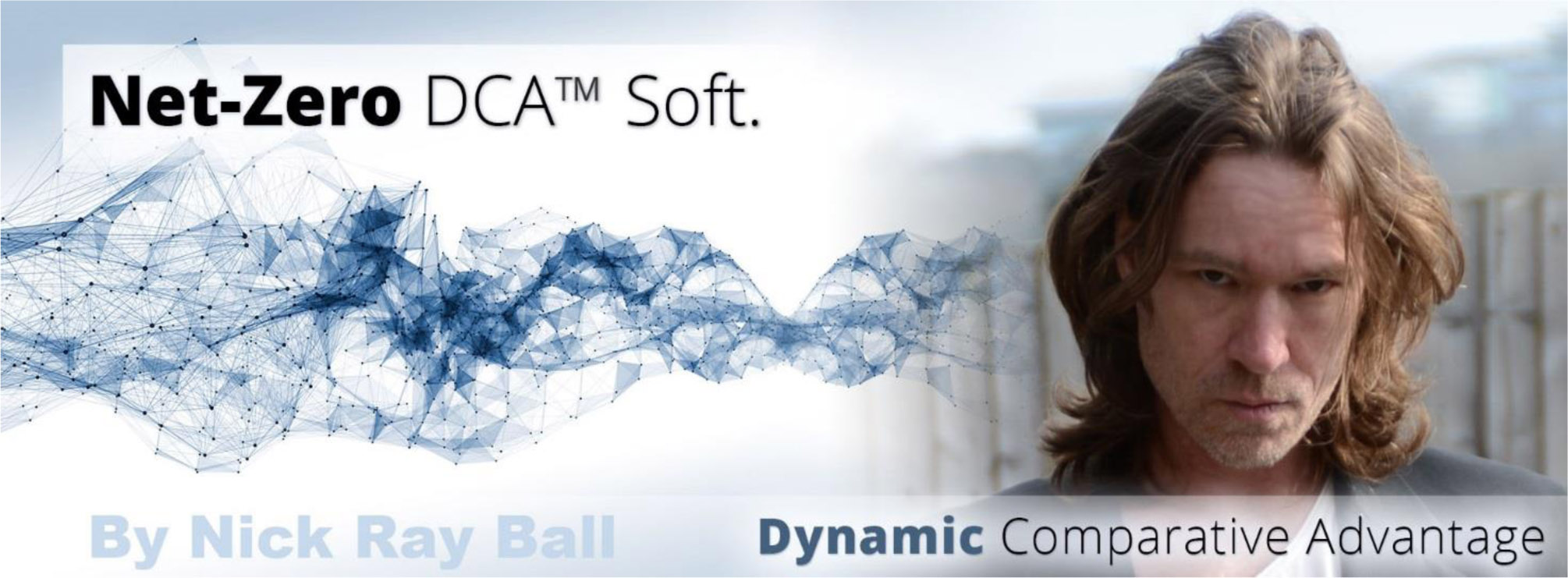
POP – A ‘Good’ Model
POP is how the Network Grows; for every company, a POP point is set (Profit, Cash Flow, or Other) and after this point is reached all additional profit or cash flow must be used to create new S-World companies, and that the new personnel must own a share (often 50%) of the new company. This then solves future inequality problems. But because as over time, the original company will create many new companies and each will pay a dividend, even when losing 50% each time, the original company and all its offspring will command significant wealth for all involved.
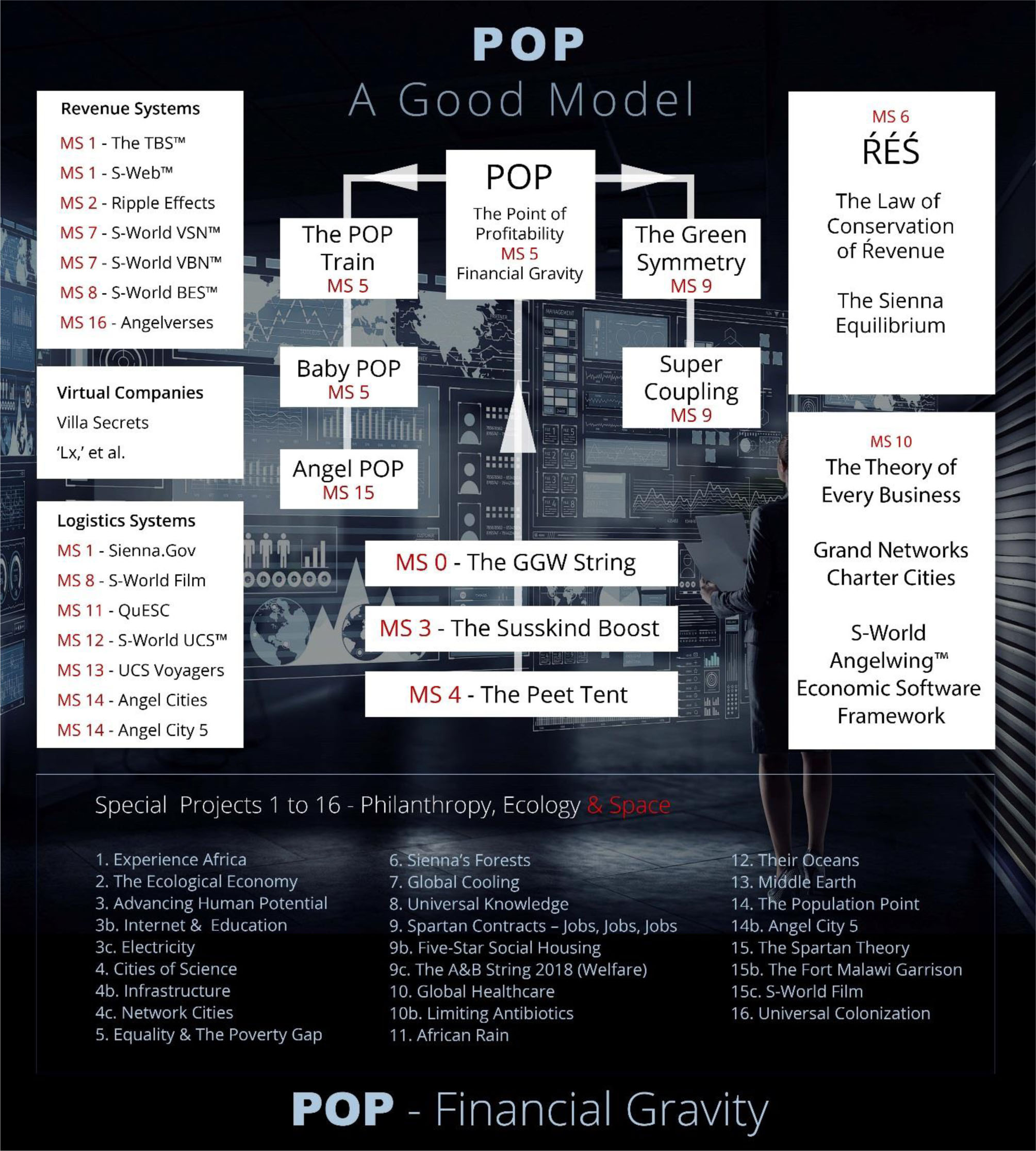
Ripple Effects and Elephants for Paul G. Allen
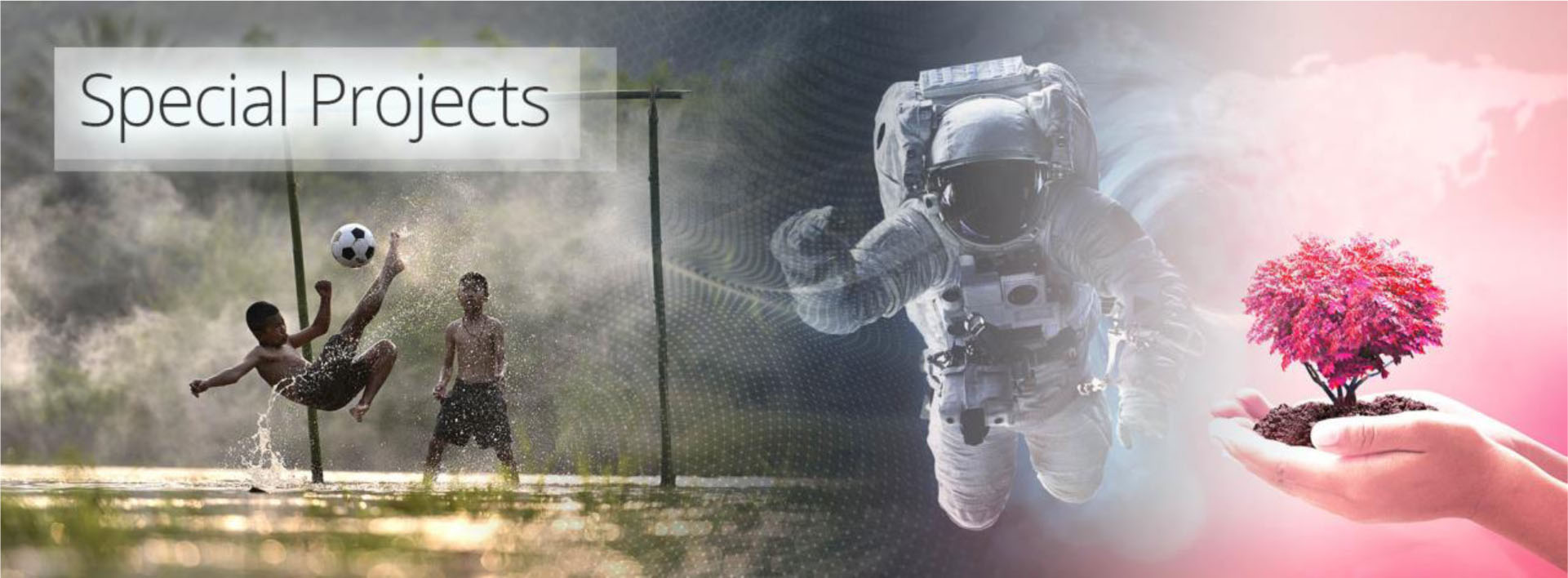
Special Projects are projects that are either ecological, philanthropic, social, scientific or complexity saving. The first set of special projects were created in 2012 within the concluding chapter of American Butterfly – The Theory of Every Business – Ch. 8 UCS™ Special Projects: www.AmericanButterfly.org/Special-Projects-2012.
It would take five years before the next collection, this time of 16 special projects presented in 2017. www.angeltheory.org/Angel-City-5-Special-Projects.
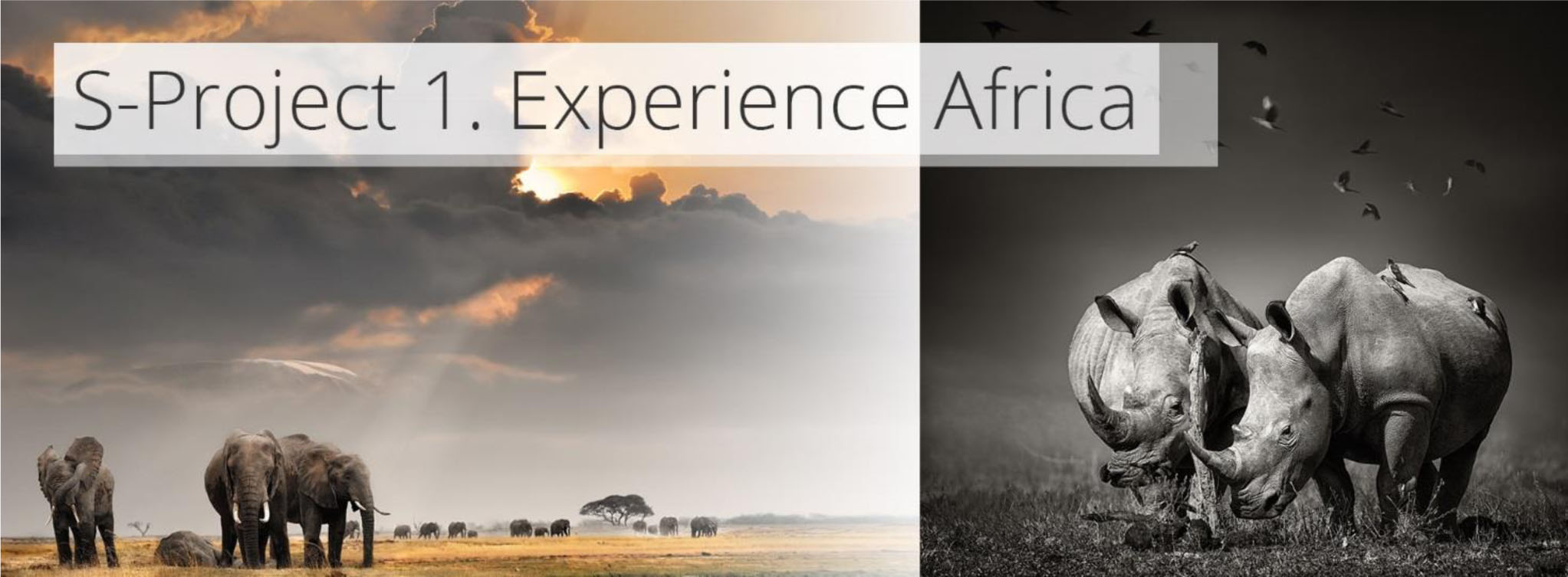
The first of which, Experience Africa focuses on conservation and (in particular) protecting the Elephants, Rhinos and Cheetah. It was unique because there was a way to pay for it that cost very little, because of the ripple effect (spillover) that it could use all the technology made for S-World Villa Secrets and other commercial companies, without cost. It would be a charity-driven loss leader, and by using the Villa Secrets Scenario 8 network strategy, it could specialize in many niches and then scale up to thousands of agencies, and each booking would see at least half the commission donated; and that it was possible to make systems for the safaris themselves, with a percentage of the safaris’ increased income donated. In some models, It was forecast that each year it was possible for Special Project Experience Africa to generate about as much again as is currently been donated to this cause from all other sources. This would be the ripple effect of adapting the S-World System designs to the safari industry in for-benefit fashion.
At the time, the other 15 projects were funded by the percentage of turnover that the network businesses would pay to S-World, which was only about 2.5% and was also needed to pay for operations and R&D. So, this was not a lot of money at all.
I did have some other ideas for ripple effects applied to the other 15 special projects, but nothing concrete at that time. Here are the 16 special projects on Sienna’s (S-World’s) Birthday 24th November 2017.www.AngelTheory.org/Special-Projects-2017
The Eureka Moment happened a few months later whilst remaking the projects’ list for Paul G. Allen; who’s website had expressed interest for technological solutions that use ripple effects and his love for elephants. Here is the chapter/paper: www.angeltheory.org/book3-14/ripple-effects-and-elephants-for-paul-g-allen.
The GDP Game – Chapter 14: Ripple Effects and Elephants for Paul G .Allen
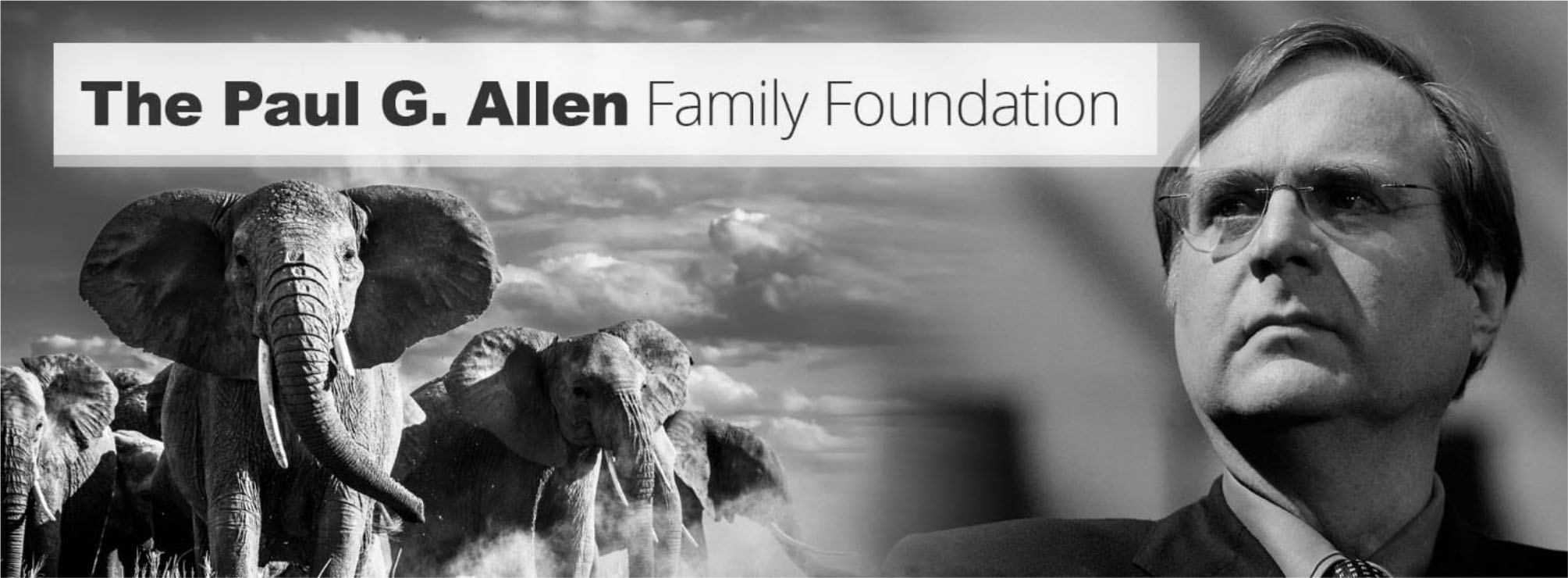
This chapter continues from S-World Special Projects 2017 (and the previously seen POP graphic), but where that chapter listed 16 projects and one clear-cut ripple effect, this article presents internality-basedanswers to every special project and added ten new special projects.This chapter, which was written soon after M-System 15. Angel POP had been drilled down to a single sentence, “Grand Networks (Net-Zero Cities) in locations of extreme poverty are special projects”told me that the best way to progress was not to make developments in the West and use the money to help Africa, but instead make the developments in Africa (and other poor locations).
This would have a far greater effect; this would do the most good because each special project was caused and paid for by the ripple effects of creating a Grand ŚpinNetwork, a Metropolis with trithing business and industryhypotheticallyset in Malawi Africa. The poorest country in the world, in terms of GDP per capita (how much money each person makes)
This part of the book then is dedicated to the Net-Zero DCA™ software and the internality of choosing to make the Grand Śpin Networks from as many special projects as possible,so in place of the 2.5% that had to be split between R&D, Operations and development, now somewhere between 50% and 75% of all that cash flow is directly funding the special projects. Hence the phrase ‘Š-ŔÉŚ™ makes us powerful, but Net Zero DCA makes us beautiful.’

In economics, ripple and side effects are called externalities.
We heard from Kate Raworth’s Doughnut Economicsthat “in classical economics, we classify negative externalities as external costs, for no better reason than we have made no provision for them in our economic theory.”
Systems dynamics expert John Sterman concurs, saying “There are no side effects – just effects, the very notion of side effects are just a sign that the boundaries of our mental models are to narrow, our time horizons too short.”
But as we have heard our most common time horizon is the year 2080, and before renormalization techniques using current technology, we intend to create about 87 quintillion(87,714,630,433,327,500,000) simulations (that we call histories) of how we best get to that planned perfect future, which is constructed from the special projects we see in this book, their externalities and their internalities and their Š-ŔÉŚ enhanced market cash flows.
In the language of modern economists, ‘externalities’ are unintended consequences or effects of an action that was not what the point of the exercise. There are many bad externalities; the plastic in our oceans is an externality of shopping and trade. No one puts any plastic in the oceans on purpose, but they say that soon there will be more plastic than fish.
oceans on purpose, but they say that soon there will be more plastic than fish.
Climate change is another externality. No one drives from ‘a’ to ‘b,’ or powers a factory to increase the carbon in the atmosphere, but it happens.
I could write a whole book on bad externalities.
But for each bad externality, there can be a good one within a network, especially if starting from almost scratch, one can build a network city around good externalities. So insupereconomics, the positive externalities become the foundation and fabric of the economic theory.
But to be correct, in English, positive externalities are called internalities.
In the next chapter, we look at the Internalities equations’; M⇔Bst&Ast⇔Bst.
From the M&B string (M⇔Bst) to Calculating Internalities
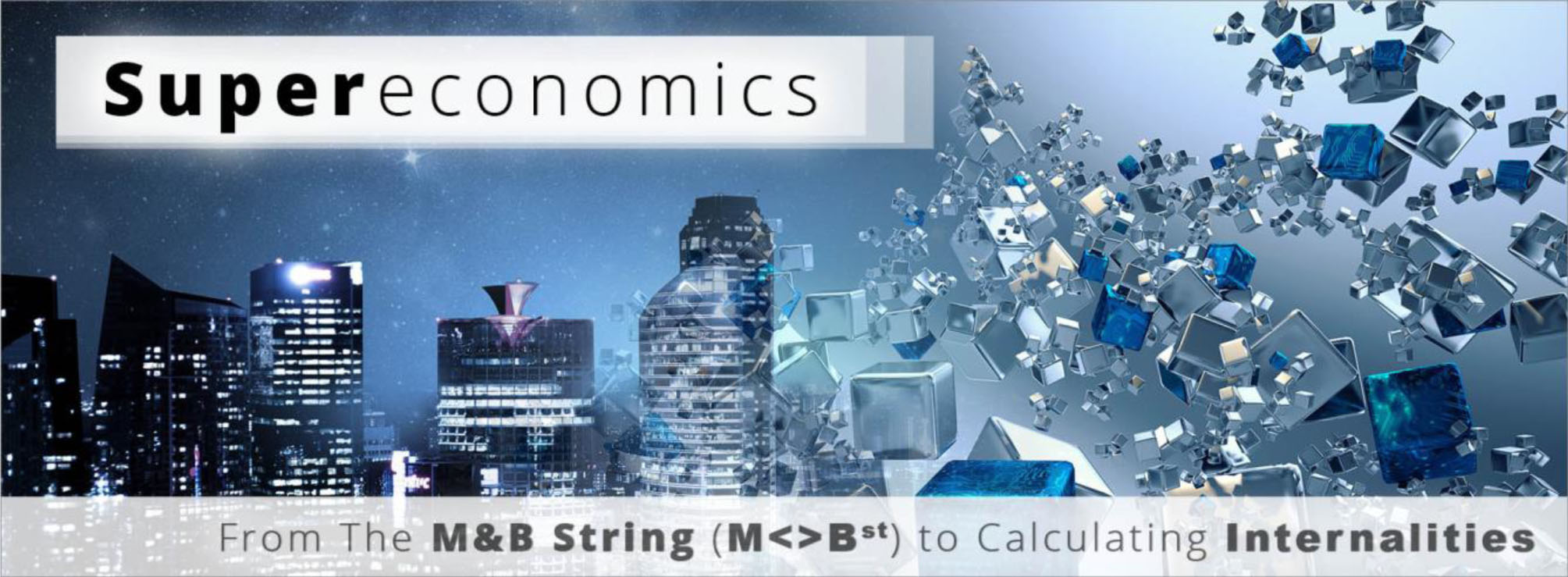
The M&B String Equation
In 2012, I wrote a beautiful equation and gave it to my mother. The equation was inspired by M-System 5. POP – The POP Train, and Baby POP applied to Grand Śpin Networks.
The equation was M⇔Bst, in which ‘M’ a mother – has ‘B’ a baby, and the ‘⇔’ represents the interplay over the lifespans, where at first ‘B’ relies on ‘M’, but as the years pass, both look out for each other; and at the end, ‘B’ may look after ‘M,’ and the st describes the process over the extended family.
Charming as it is, in 2016, it became useful when I was working out the spillover effects from eight different companies in a Villa Secrets network. Now, the equation changed to Ast⇔Bst. Company A creates ⇔ internalities to and from Company B and the rest of the companies in its network st. Which we see as the Ð + Ð2>9 in the Susskind Boost equation.For more on this,see the full book, and for more detail again wait for; ‘Supereconomics 2 – S-World Villa Secrets – Scenario 8: Specialize and Scale.’
Chapter 19)‘The Other Elephant in the Room’ discusses Start-up Funding, Super Projects, Patent or otherwise essential/preferred partners.
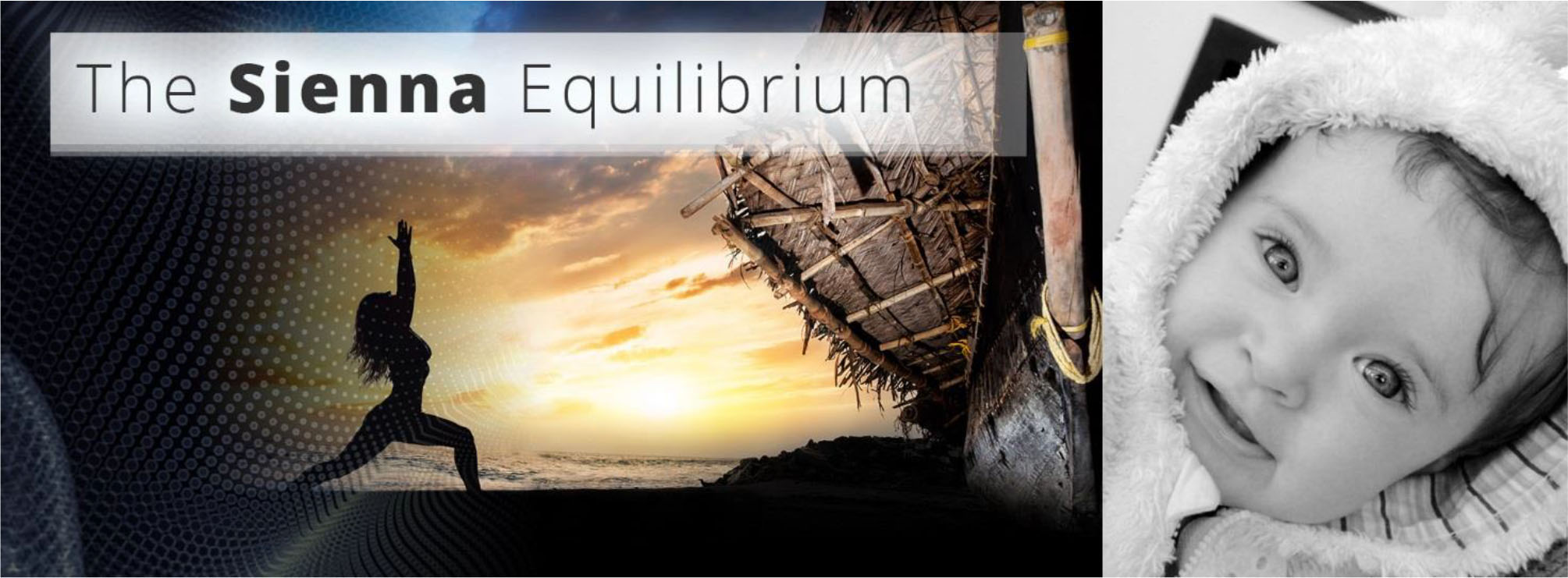
Chapter 20) The Sienna Equilibrium, tells of the process of finding the right supply and demand symmetries needed to see the money ina Š-ŔÉŚ™ Supermonopolyspin round and round, including an example in music theory. This chapter also presents the CFV (The David A. Moss Cash Flow Variable), and the Trade Model inspired/influenced by Paul Collier, Danny Roderick and Paul Krugman.
Finally,Chapter 21) presents the second and concluding part of the Net-Zero DCA™story.Another long chapter at the frontier of S-World, which still needs some editing but is nonetheless a good end to the book.

Of course, we can see that I don’t end the book here, as Part 5 follows, but Part 5 was written before part 4, so in chronological terms, Part 4 is the end.
To conclude this summary of the middle sections of the book, I’ve copied the full index to the complete book; ‘Supereconomics Book 3. Sixty-Four Reasons Why’ on the next two pages.
Supereconomics Book 3
64 Reasons Why
The Complete Book
Index
Below we see the index to
the complete ‘64 Reasons Why’ book
(You are reading the summary)
- 1. Introduction / Forward
- 2. Special Projects Allocations | MalawiHistory 3b
PART 1. The What
- 3. Book 1. THE WHAT in 60 Seconds
Part 2. The HOW
- 4. The 8th Way for Kate Raworth
- 5. Book 2. THE HOW – Š-ŔÉŚ™ Financial Engineering
PART 3. A Good Model
- 6. A Good Model by Stephen Hawking
- 7. The S-World UCS™ M-Systems
- 8. Beyond 87 Quintillion Histories
- 9. MARS Resort 1
- 10. Grand Śpin Networks – The Malawi Network
- 11. The Future of Capitalism – Paul Collier
- 12. About Women – The Moment of Lift– For Melinda Gates
- 13. My Reason Why
PART 4. Internalities &
Net-Zero DCA
Dynamic ComparativeAdvantage Software
(Basic & Advanced)
- 14. Ripple Effects and Elephants for Paul G. Allen
- 15. From the M&B string (M⇔Bst) to Special Project Internalities
- 16. Net-Zero DCA™ (Dynamic Comparative Advantage) Part 1
- 17. The Theory of Every Business – Labour and Learning Symmetries
- 18. POP Cubes – Financial Gravity
- 19. The Other Elephant in the Room – Start-up Funding?
- 20. The Sienna Equilibrium
- 21. Net-Zero DCA™ Soft. Part 2
PART 5 THE WHY
Special Projects
- 22. Stockholm Resilience Centre | The Nine Planetary Boundaries
- 23. United Nations | Sustainable Development Goals 2019
- 24. Special Projects 1 to 32
- 25. Project 33. Growth Theory versus Climate Change v3
- 26. Special Projects 33 to 66
- 27. There Has to Be Enough!
- 28. S-World – The Sienna Foundation
- 29. My Chaos Theory Joke – The Chaotic Earth Game










